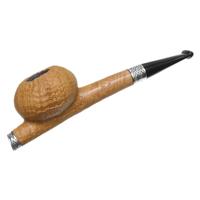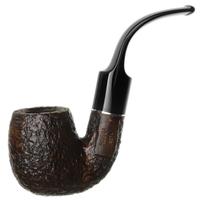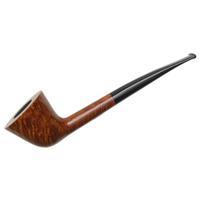Watching the news with Diane sawyer and they go to a story about the remains of two civil war veterans discovered in a ship wreck. Sawyer said one has a broken nose from a possible street fight and the other was a Pipe smoker. "you can tell by the mark under his front right tooth"
What the heck were they making pipe stems out of back then!? I sure hope my teeth are harder than my stem. Then again if I were in some of the same situations that soldier was in i might be clamped up a heck of a lot harder.
What the heck were they making pipe stems out of back then!? I sure hope my teeth are harder than my stem. Then again if I were in some of the same situations that soldier was in i might be clamped up a heck of a lot harder.












